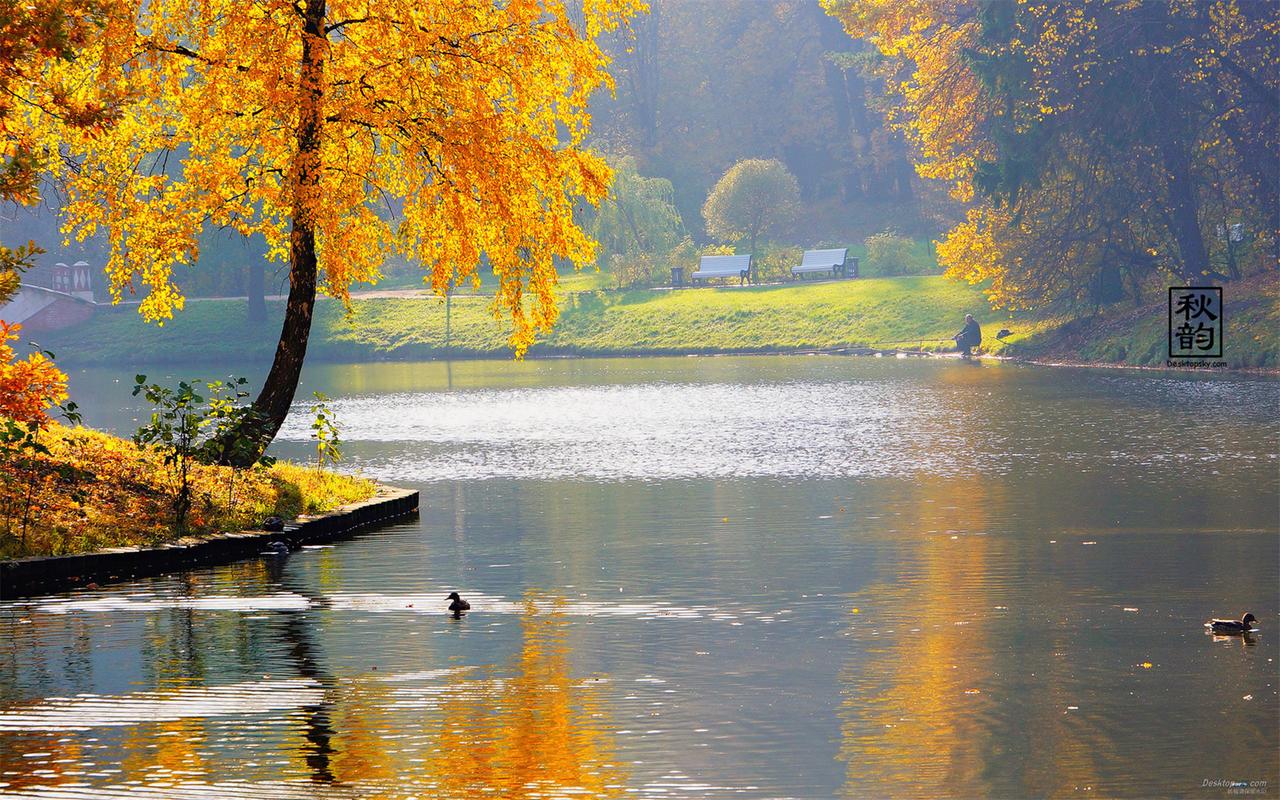Exploring the Five Types of Cultural Heritage: A Comprehensive Guide
Culture is an essential aspect of human life. It encompasses our beliefs, values, traditions, and practices that shape our identity. Cultural heritage refers to the tangible and intangible assets passed down from generation to generation that define who we are as a people. The United Nations Educational, Scientific and Cultural Organization (UNESCO) recognizes five types of cultural heritage:
1. Cultural Landscapes: A cultural landscape is the interaction between humans and the environment. It refers to the natural and cultural features that shape our surroundings. Cultural landscapes can be either urban or rural environments that express the relationship between humans and nature. Examples include historic sites, gardens, parks, cemeteries, and farmlands.
2. Tangible Heritage: tangible heritage refers to physical objects such as buildings, monuments, artifacts, and artworks. These objects are the tangible evidence of human creativity, innovation, and achievements. Tangible heritage includes structures like castles, temples, and churches, sculptures, paintings, and documents. They serve as a link between past and present and convey the uniqueness of a culture.
3. Intangible Heritage: Intangible heritage comprises non-physical traditions, social practices, and knowledge that define a culture. These include oral traditions, folklore, rituals, festivals, performing arts, and languages. They are expressions of the cultural identity, values, beliefs, and social norms of a particular community. Intangible heritage helps create a sense of identity and continuity across generations.
4. Natural Heritage: Natural heritage refers to the biodiversity, ecosystems, and landscapes that are essential for human survival. It encompasses the physical and biological diversity of the planet, including its flora and fauna, geology, and ecosystems. Natural heritage sites include landscapes, habitats, and ecosystems that are of ecological importance. UNESCO World Heritage sites include natural parks, biosphere reserves, and wildlife sanctuaries.
5. Digital Heritage: Digital Heritage refers to the digital resources that preserve and communicate cultural heritage. Digital heritage includes websites, online collections, and digital archives. These resources provide accessibility, preservation, and dissemination of cultural material. Digital heritage resources have become an essential tool to preserve cultural heritage by providing access to cultural resources to a wider audience.
In conclusion, the five types of cultural heritage provide a comprehensive understanding of how cultural expressions, practices, and objects shape our lives. By preserving and protecting our cultural heritage, we can maintain our identity and promote diversity. As guardians of our cultural heritage, it is our responsibility to ensure that these invaluable assets are passed down to future generations. By recognizing the importance of our cultural heritage, we can create a future that is reflective of our shared past, and that celebrates our diversity and cultural achievements.
(Note: Do you have knowledge or insights to share? Unlock new opportunities and expand your reach by joining our authors team. Click Registration to join us and share your expertise with our readers.)
